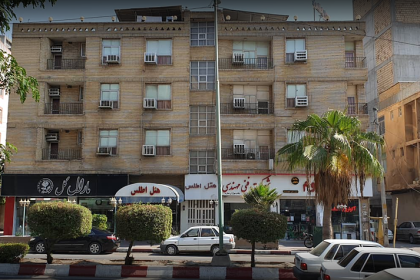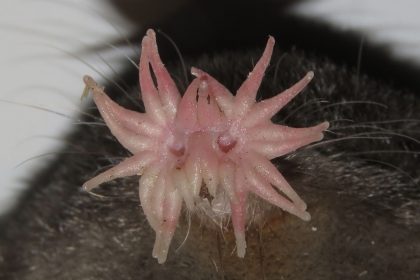Egypt has had exciting discoveries from the ancient world in 2024.
Egypt passed the year 2024 with valuable discoveries in the field of archeology; An astronomical observatory, golden tongues found in mummies, a sword bearing the name of Pharaoh Ramses II and a 4,500-year-old quest to cure cancer are just some of the interesting discoveries of ancient Egypt in 2024.
Next, we looked at 10 major discoveries from ancient Egypt in 2024.
The first astronomical observatory
Archaeologists discovered the first astronomical observatory known in ancient Egypt. The L-shaped structure of this observatory dates back to the sixth century BC and has an area of about 850 square meters. The building had a gate to the east from which people could observe the sun and stars. Archaeologists also found a large stone sundial and a carving of an astronomer watching the sun.
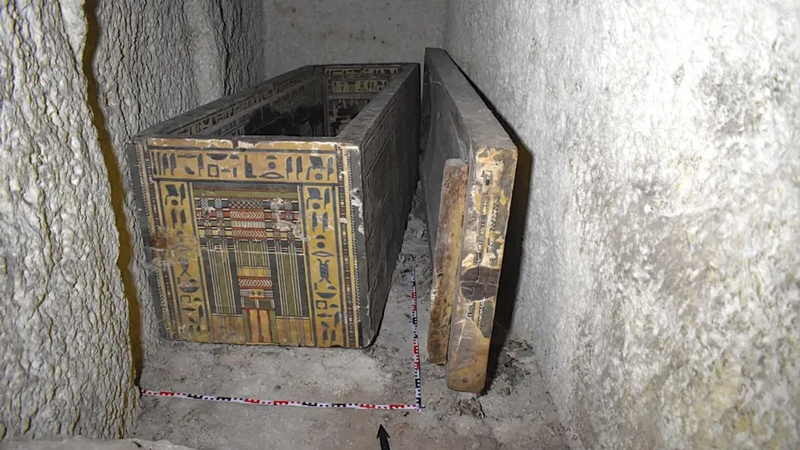
Governor’s daughter
The tomb of Idi, the daughter of a governor who lived during the reign of Senosert I (around 1961 to 1917 BC), in Assiut (Asyutwas discovered This burial was done in two coffins inside each other. Coffins were also covered with complex texts to help the deceased find their way in the other world. Archaeologists have said that it is very rare to find intact coffins from this period. Also, researches about this discovery have shown that his tomb was looted in ancient times, but parts of his skeleton remained.
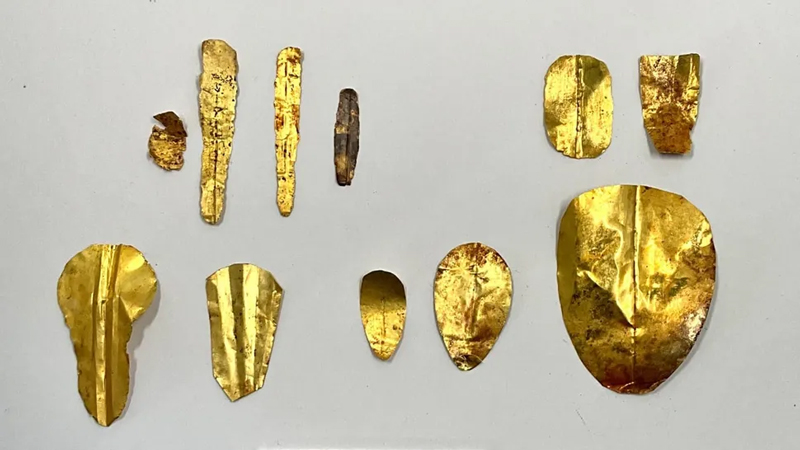
Golden tongues
A number of golden tongues dating back to about 2000 years ago, at the site of Oxyrhenchus (Oxyrhynchus was found In January 2024, archaeologists announced that two golden languages were discovered, and then in December 2024, they announced the discovery of 13 more languages in this place. The total number of golden tongues found so far has reached 29. Ancient Egyptians believed that tongues of gold could help the dead speak in the afterlife.
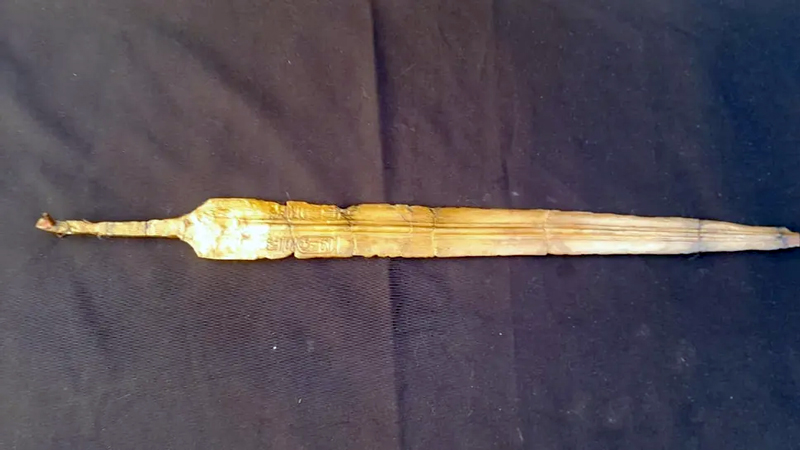
Sword of Ramesses II
A bronze sword with the name of Pharaoh Ramses II (reigned around 1279-1213 BC) was discovered in the remains of a military barracks in the northwestern Nile Delta. This sword was probably given to a high-ranking officer as a royal reward. This sword was discovered in a small room near the place where the enemy had the power to penetrate, and for this reason, researchers believe that this sword was not decorative and was used for fighting.
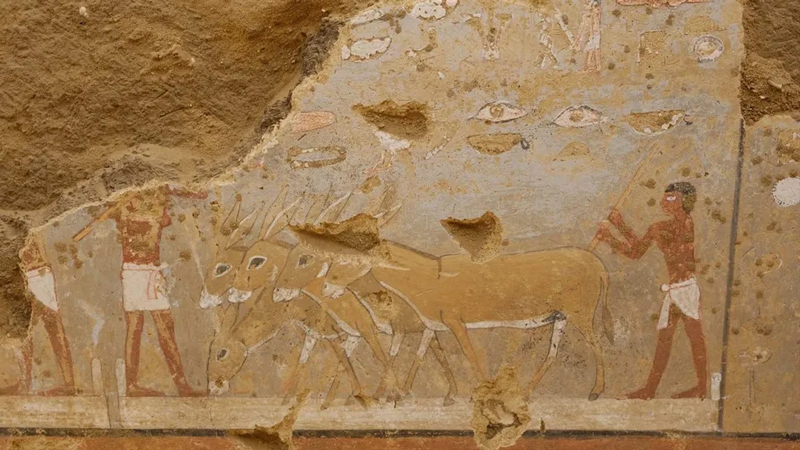
A 4300-year-old wall painting
A 4300-year-old tomb with wall paintings of scenes from daily life was found in Dehshor. These scenes show donkeys trampling grain by kicking it, ships sailing down the Nile, and goods being sold in the market. This tomb belongs to an official named Sanb-Nab-FSeneb-Neb-Af) And his wife was Idat.
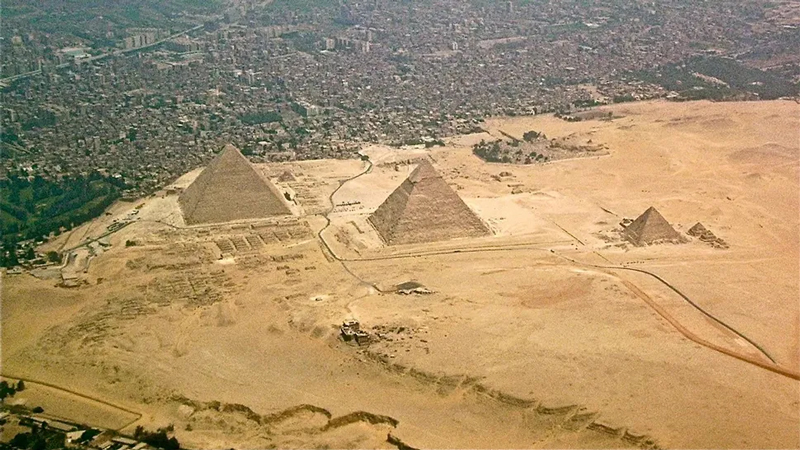
Copper pollution in Great Pyramid port
Scientists found traces of heavy copper pollution in the harbor near the Great Pyramid, which was used to bring in materials and workers. The harbor is now dry, but the team analyzed its sediments. They determined that contamination peaked around 4,500 years ago, when the Giza pyramids were built, and copper levels reached five to six times the natural level.
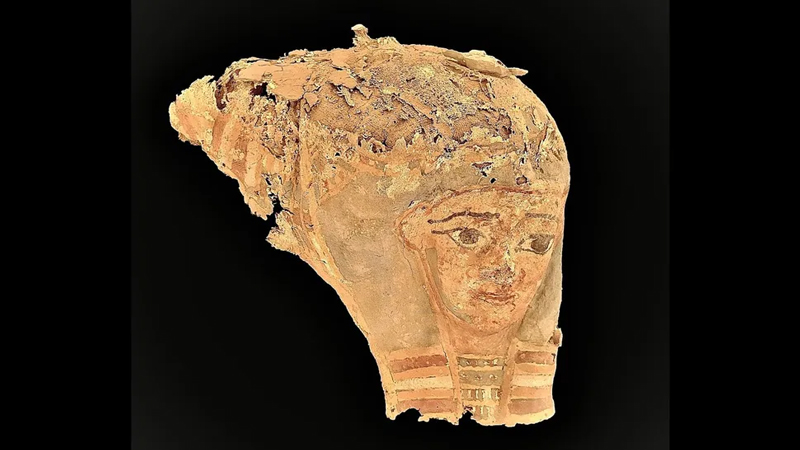
30 ancient Egyptian tombs in Aswan
Archaeologists found more than 30 tombs in a hill in Aswan.Aswan) They were located, they discovered. These tombs were used between the 6th century BC and the 2nd or 3rd century AD. Many burials included families buried together. About 30% to 40% of the mummies in the tombs were children and babies. Scientists also found that anemia and infectious diseases were the most common causes of death.
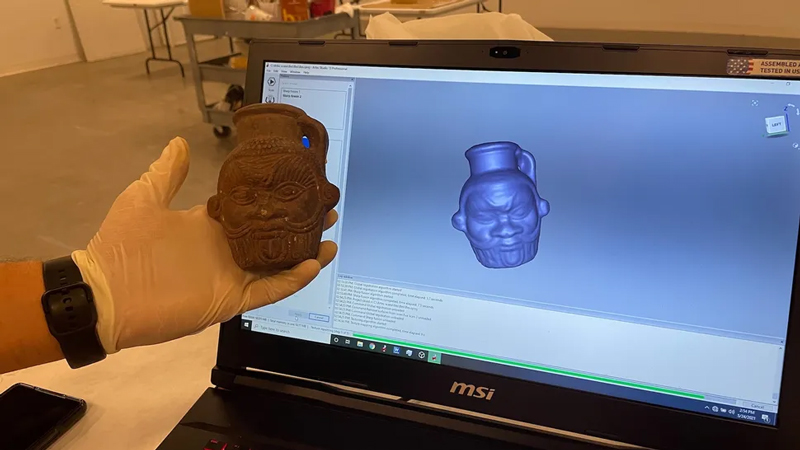
Evidence of a 2,200-year-old hallucinogenic ritual
Scientists have found a blood-colored hallucinogenic compound in a 2,200-year-old vase depicting the dwarf god Bess. This evidence suggests that the Egyptians may have engaged in a hallucinogenic ritual that helped recreate a mythological story. In that story, the dwarf god Bes tricks the sky goddess Hathor. Hathor was in a bloodthirsty state, but Bess gave Hathor a drink mixed with a herbal medicine in the form of blood and put her into a deep sleep with oblivion.
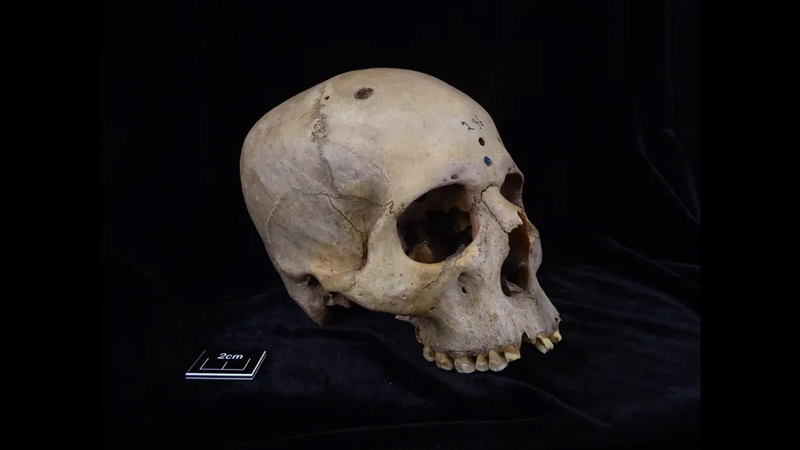
Evidence of Egyptian efforts to cure cancer
Scientists have found evidence that the ancient Egyptians tried to remove a tumor from the skull of a man who lived about 4,500 years ago. The skull contained evidence of a large primary tumor as well as smaller tumors. Evidence suggests that someone had tried to remove the cancer using metal surgical instruments. While this attempt was unsuccessful, it suggests that the ancient Egyptians were trying to develop cancer treatments around the time the Giza pyramids were being built.
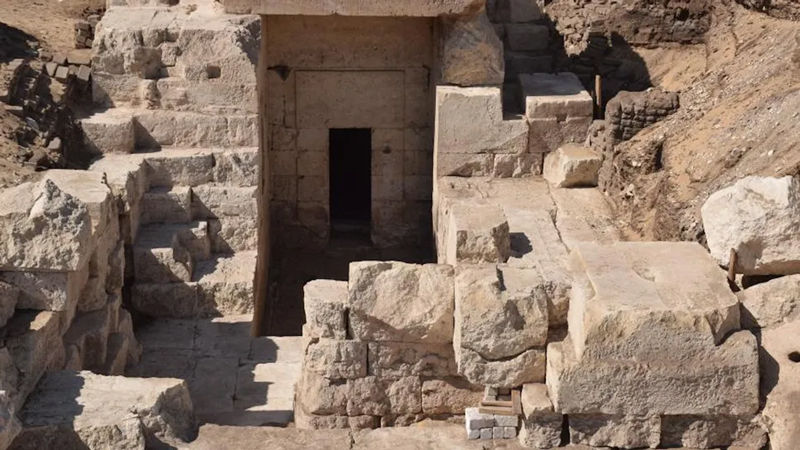
2,100-year-old temple in the rock
A 2,100-year-old temple was discovered in a rock at the site of Atrebis. Archaeologists excavating there found a relief depicting King Ptolemy VIII (reigned c. 170-116 BC) offering sacrifices to the lion-headed goddess Rapite and her son Colantus. They also found astronomical symbols such as the two decans, or stars that allowed people to tell the time at night.
RCO NEWS
















